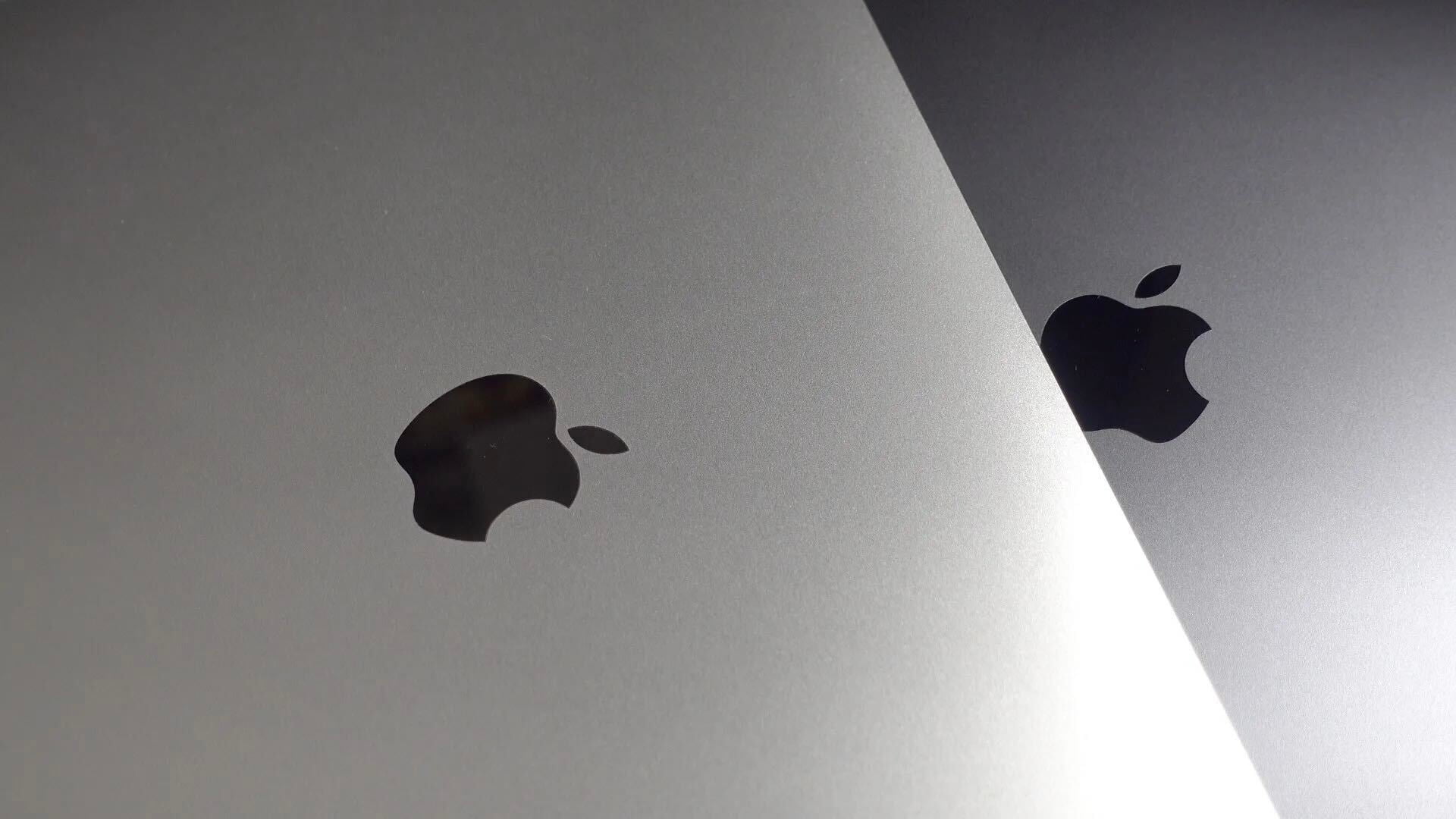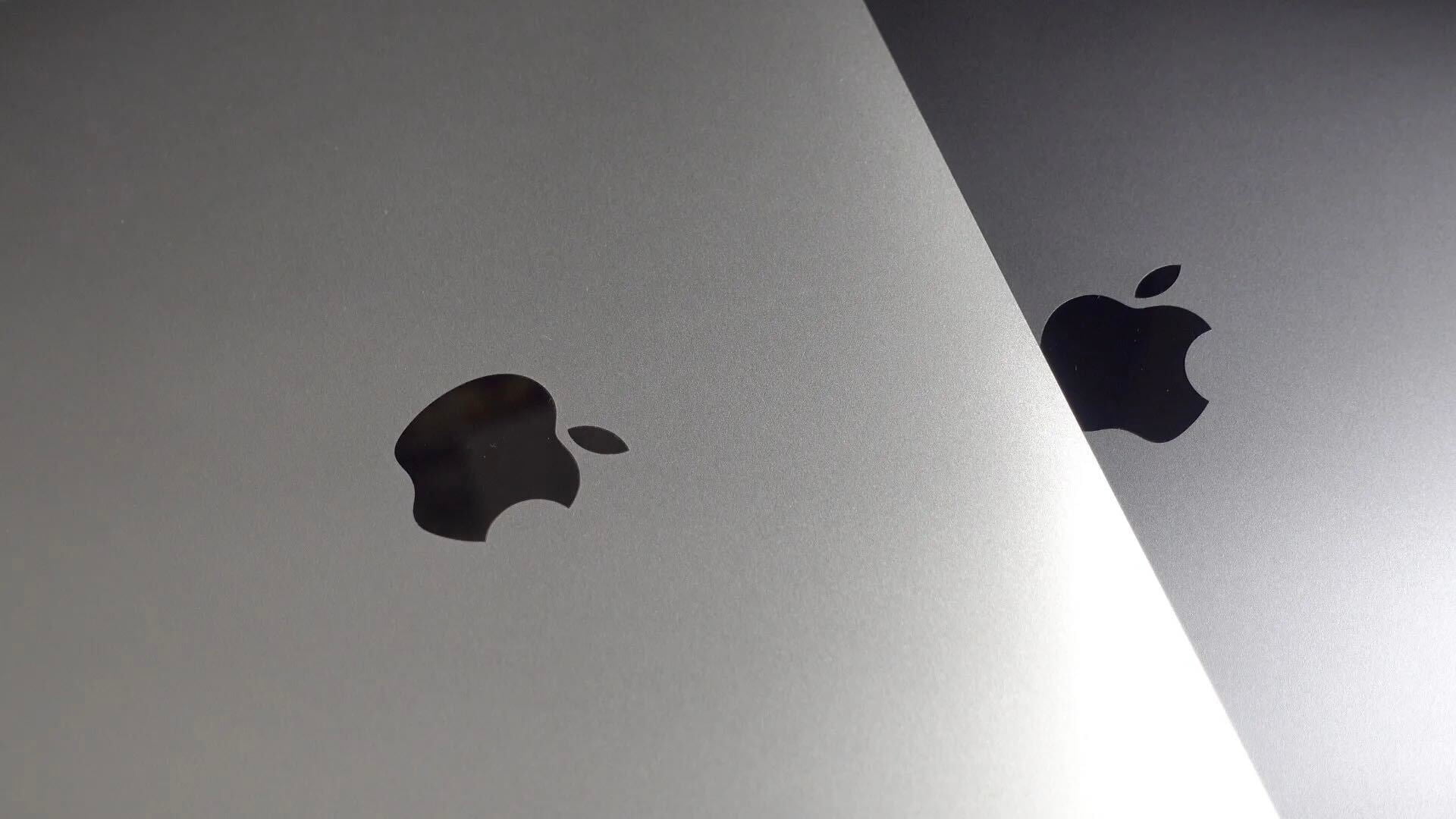
TechCrunch has an interesting piece in which it suggests that the sapphire crystal Apple currently uses in the Touch ID home button on the iPhone 5s might prove a cost-effective option for iPhone screens sooner than we thought.
Sapphire is very, very tough. Short of scraping it with your diamond ring, you’re unlikely to scratch it. But it’s also very, very expensive. A sapphire outer layer on an iPhone would likely cost ten times as much as the Gorilla Glass Apple uses at present.
But Apple recently struck a deal with sapphire manufacturer GT Advanced Technologies to boost production by 2000 percent, and GTAT just happens to have acquired a solar panel company that developed a new technique for slicing hard materials very thinly using an ion particle accelerator.
If the same technique can be applied to sapphire, and if it could be combined with a sapphire laminating system already patented by Apple, the cost could plummet.
Apple could drive the costs of sapphire sheets down incredibly low in comparison to the traditional method. It will be able to create many of these super thin sapphire sheets from the same amount of raw material it would take to make one full piece of sapphire cover glass. It could then laminate the assembly together in the way that it currently does iPhones […]
This, in turn, could mean sapphire cover sheets that are harder and tougher than standard glass materials on your iPhone years sooner than most analysts have predicted.
Those are two big IFs, so we’re not holding our breath, but it’s certainly an intriguing possibility.
00




